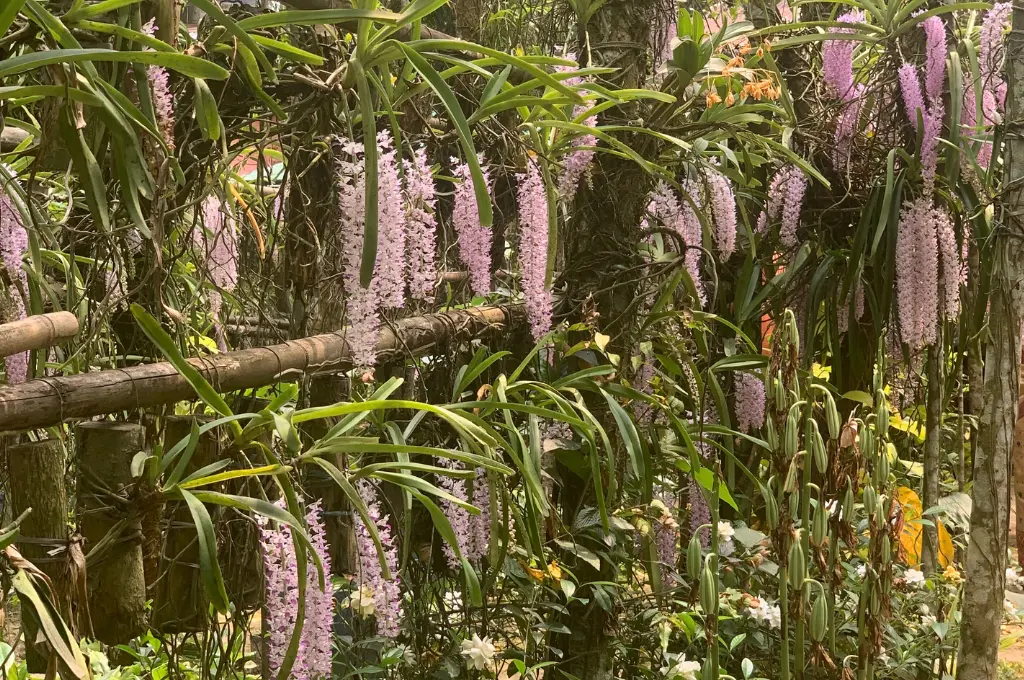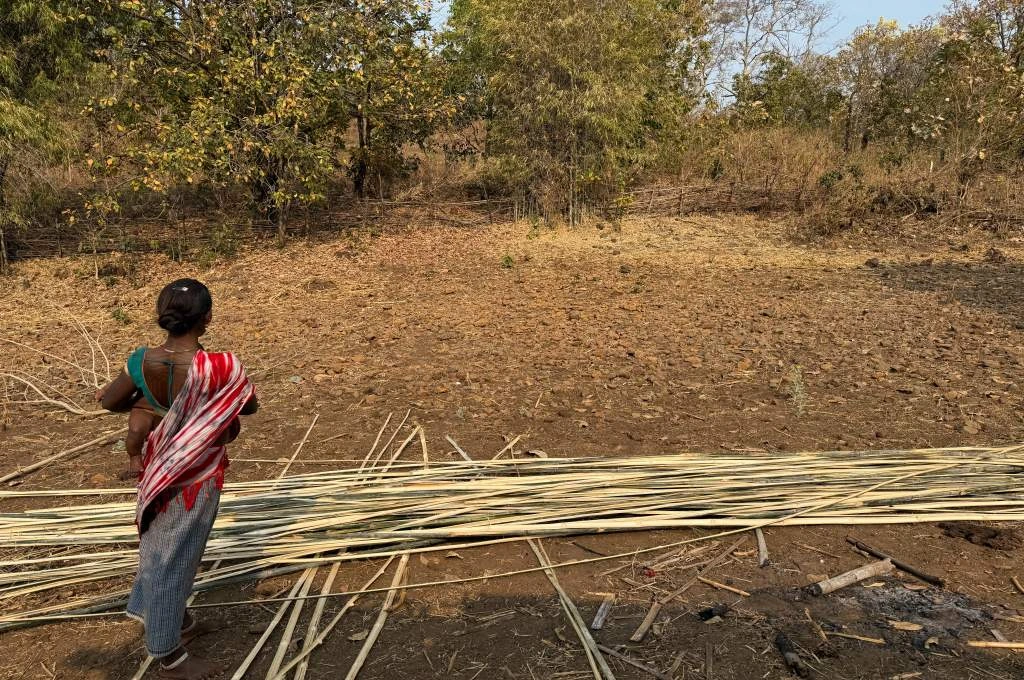READ THIS ARTICLE IN
Memories of floods, erosion, and displacement
In 2022, Assam experienced grave flooding and landslides that caused unprecedented damage and deaths and left more than 7 lakh people homeless. Majuli, a riverine island located in the Brahmaputra, has increasingly featured in this floods-and-erosion narrative. In the last few years, it has lost 69 villages to riverbank erosion and 96 villages have become prone to flooding.
Indigenous communities such as the Misings of Majuli are disproportionately affected by such climate-related hazards and carry a significant mental health burden. Dipa Payun, a community member, highlights how the loss of one’s home and environment can lead to grief, loss of autonomy, and a sense of helplessness. “Bohut dukh lagisile (we felt very dejected). We have shifted five times during past erosions. Each time we resettle, we ask the same question—will this place also get eroded or flooded like our previous home?”
Dipa lists the factors that predispose the Mising community to these experiences. “We do not have any land of our own. We curse our ancestors for choosing to live in the floodplains while the upper castes chose to stay in elevated areas.”
Flood control in Assam is typically aimed at protecting urban economic hubs, which happens at the expense of rural areas. In Majuli, dykes and embankments have protected the revenue-generating villages while excluding the Mising settlements.
The Misings are marginalised due to their economic position, geography, and ethnicity—all these factors interact with one another and leave them extremely vulnerable. At the same time, however, the Misings have deployed their local knowledge, practices, and resources to adapt to floods and erosion.
Their response to these recurring floods is based on time-tested, nature-based alternative solutions. For instance, the flood-resilient chang ghars, the traditional homes of the Misings, are a unique indigenous response to environmental hazards. Dipa says, “The chang ghars are really useful, especially during the rains. We build chang upon chang (multiple storeys) supported by bamboo stilts to use as our living quarters and store our belongings (such as bicycles) underneath.” These houses can keep floodwaters, insects, and wild animals at bay.
The Misings’ climate-sensitive farming methods; expertise in growing suitable crop varieties; and use of certain cost-effective practices, such as planting Indian cottonwood, bamboo, coconut, and betel nut, successfully promote nature-based solutions for soil conservation. This is particularly relevant as embankments, dykes, and sandbags have remained vulnerable to breaches.
Dipa emphasises the systemic marginalisation of indigenous knowledge systems by techno-managerial flood-control measures, such as embankment construction. She says, “We have years of experience of living by the rivers, yet the engineers do not involve us in flood mitigation programmes.”
Olimpika Oja is an associate with New Initiatives at Mariwala Health Initiative (MHI).
This article has been edited for IDR. The original version was published in MHI’s fifth edition of ReFrame: Mental health and climate justice.
—
Know more: Read why flood-prone Assam needs more funding.
Do more: Connect with the author at olimpika@mariwalahealthinitiative.org or oja.olimpika@gmail.com to learn more about and support her work.



